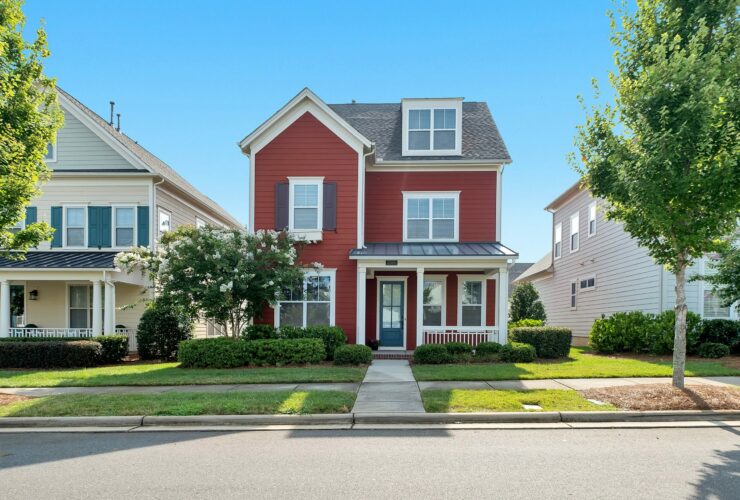What is LVR and does it impact your home loan plans?
What is LVR?
LVR is one of the staple terms in the world of loans, banking, and brokerage. LVR simply stands for loan-to-value ratio, or sometimes, people would call it LTV. It pertains to the amount you borrow against the value of the property. This number is represented by a percentage.
How is Loan-to-Value Ratio calculated?
To get the LVR, you simply need to dived the amount you borrow by the amount of the property and multiply it by 100.
For example, if you are buying a property worth $800,000 and you are approved for a loan amounting to $600,000, then the LVR here is 75%. This only means to say that the bank is giving you 75% of the property and you have to cover the remaining 25%
.Which value does the bank use to calculate your LVR?
You will notice that the property’s purchase price can be different from the property valuation. This means that if the property price and the bank’s valuation are different, you will get a different LVR when you use either of the two.
Most times, the bank calculates your LVR based on the lower number. This is common for off-the-plan properties. The property’s value may have changed since you signed the contract.
Another case where the property price is different from the property value is when you have a favorable purchase. Let’s say you are buying a house from a friend or a relative at a lower price. Then, the property purchase price and the value will obviously be different.
In this case, the bank may consider using the bigger value and the LVR will be relatively lower. A low LVR means you are considered a low risk for the bank.
How do banks calculate your Loan-to-Value Ratio for refinancing?
When you apply for a refinance, the bank will carefully look at your property to assess its current value. They will check the physical condition of your home or your investment property, the current state of the market, the length of time you owned the property, and many more.
You could have renovated your home or you have purchased it a long time ago, so the initial price on the contract signing is not relevant anymore.
However, there are cases when the banks don’t require a full valuation of your property. They may opt for a computer-generated valuation or a drive-by valuation if you meet their criteria.
Some cases that may exempt you from getting a full-on physical inspection of the property are:
- If your LVR is 80% or below
- If the property is in a city centre
- The loan value is under $800,000
- You are purchasing through a licensed real estate agent
- If you are not related to the vendor of the property
- You have complete proof of income
What is the maximum Loan-to-Value Ratio you can get?
Strong cases get 80% LVR generally. These cases are with applicants with strong income proof and complete documentation.
Still, the LVR will also depend on your credit history, the location of the property, and the amount you are borrowing. That said, there are stronger applicants who get up to 95% LVR.
Why not 100% if the application is really that strong? It’s rare for banks to approve a 100% LVR for security purposes. They leave some room for equity so that when you default on the mortgage, they won’t be in a totally defeated position.
However, it’s not impossible to get a 100% LVR. When you have a guarantor who owns a property with enough equity to secure a portion of the home loan you are applying for, it’s possible.
Another case is when your property value has increased enough. Or when you made enough extra repayments on your loan. To help you with the whole loan process, enlist the help of experienced brokers.




